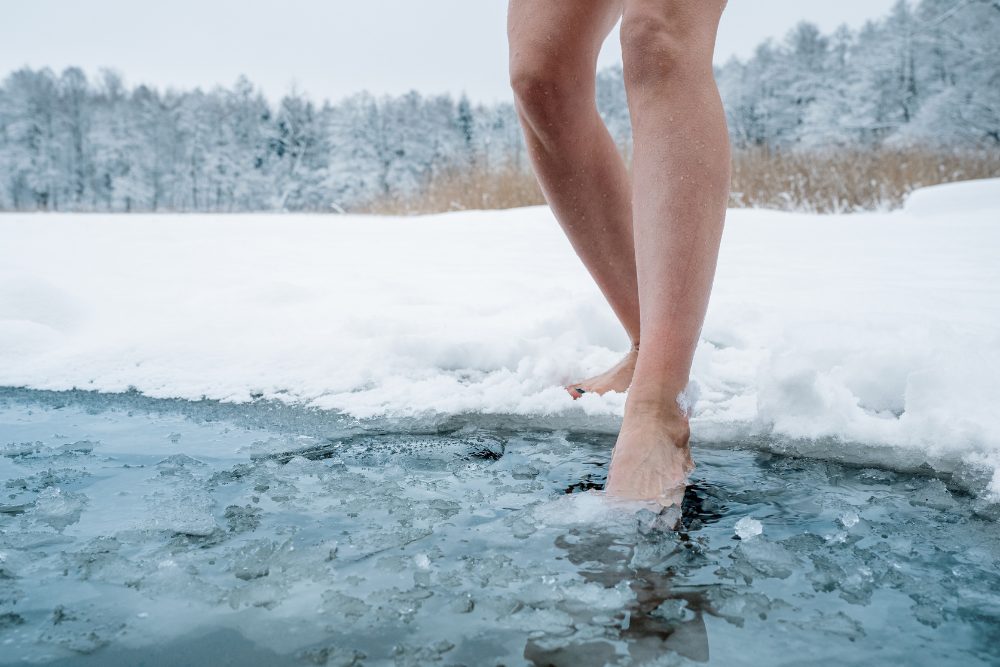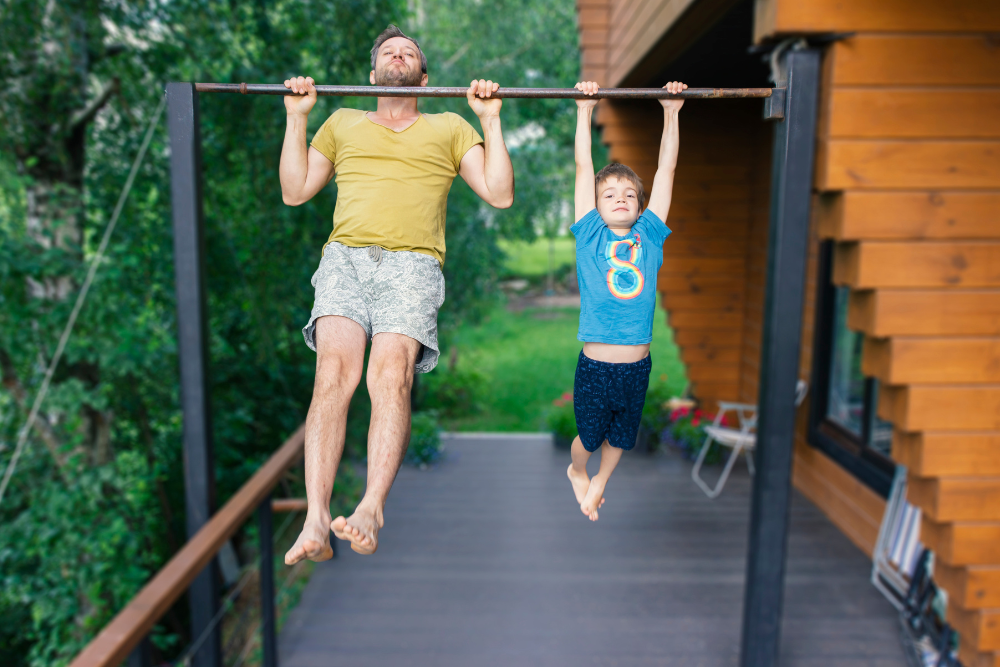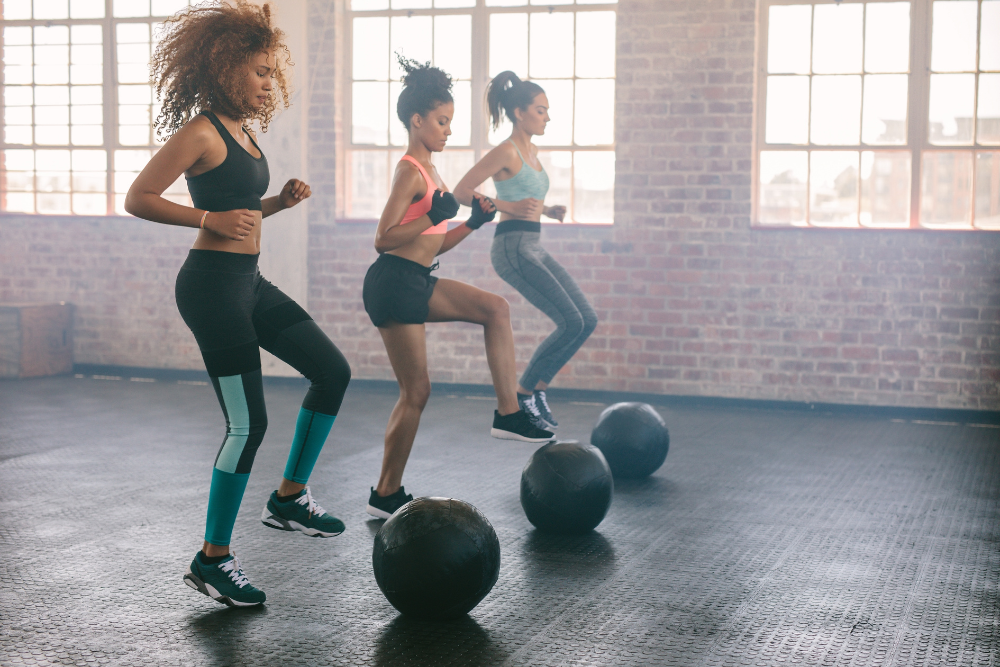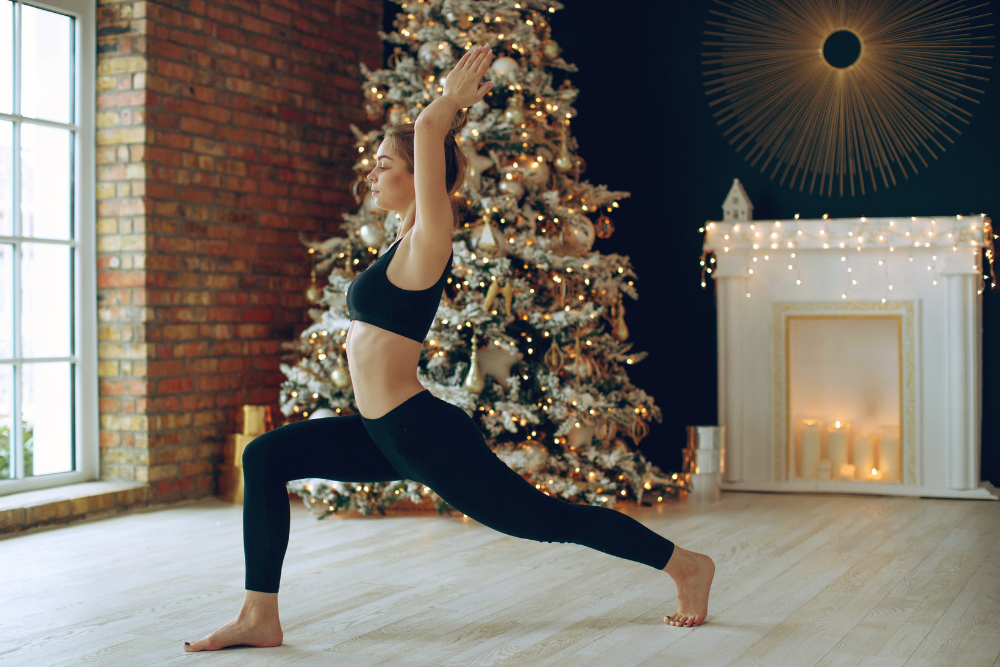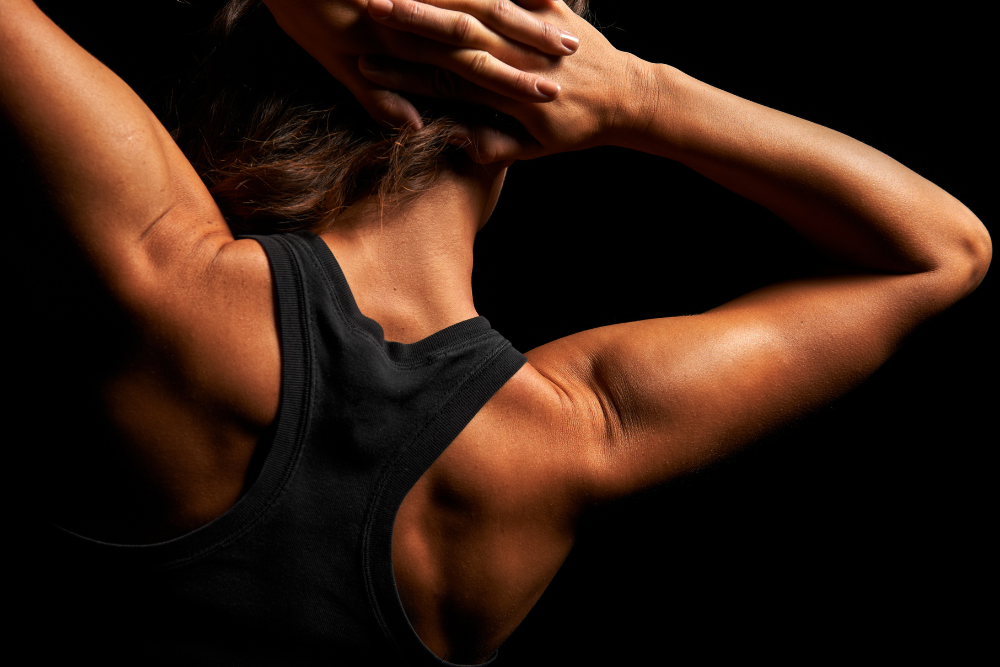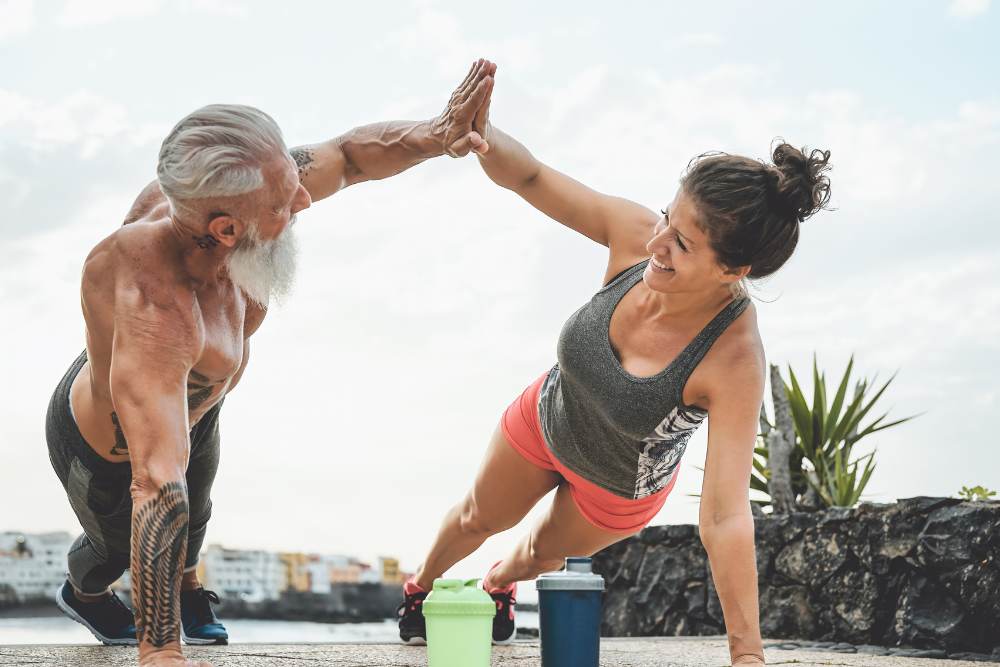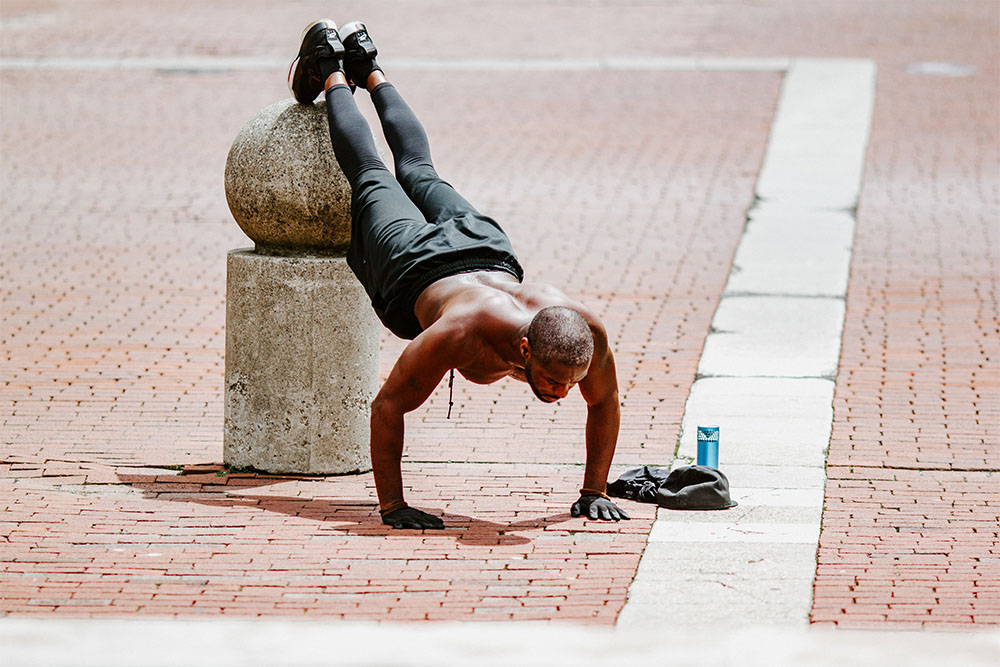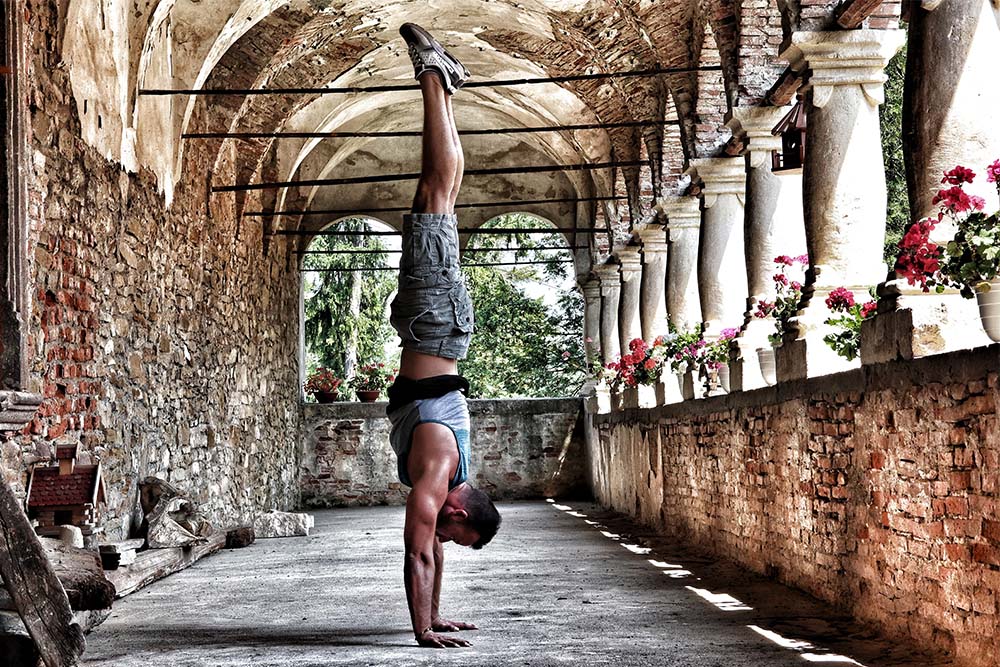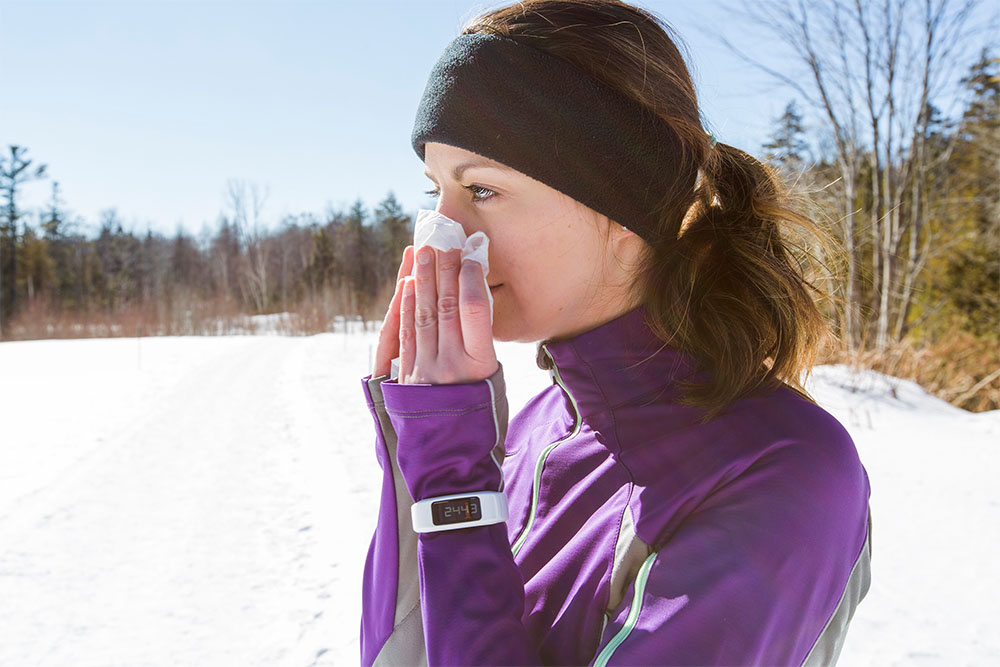Athleticism – It’s Nature Over Nurture
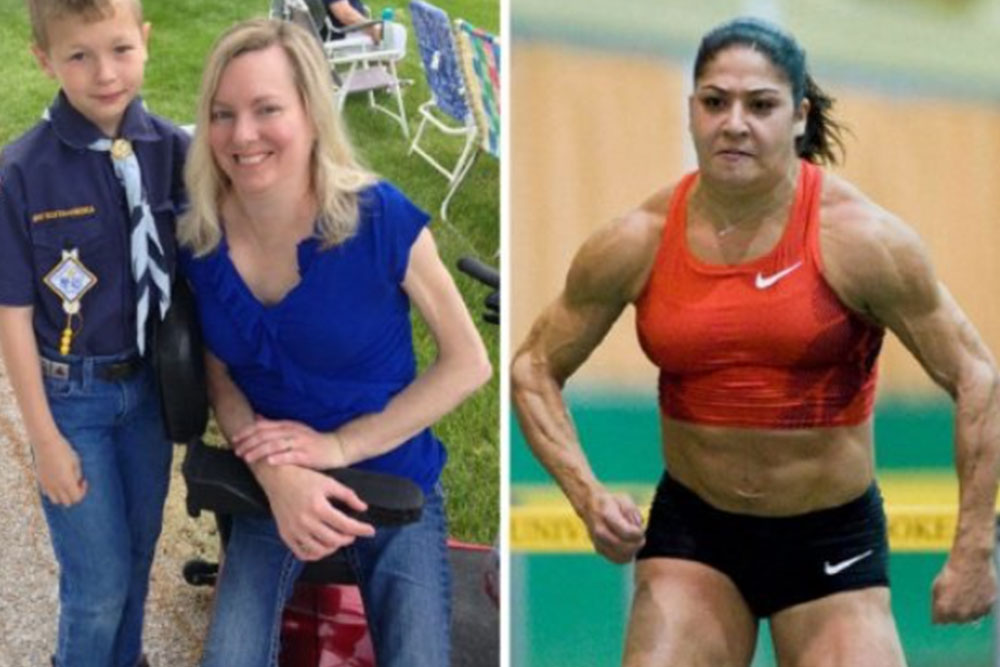
Evan Stevens
This was a hugely interesting session presented by the large Japanese contingent at the ECSS. The whole session was about how our genes contribute to our athletic performance, and how that can further be used to understand health. What came out of the talks was that if you want to be a world class speed/power athlete, you better pray you to have good genes. The speakers presented data from a variety of sports and athletes. They showed that the difference between someone who is a 10.2 100m sprinter (the cut off for London 2012 qualification), and someone who runs 10.5, is entirely based on genetics. You can train your heart out, but if you aren’t born with very specific polymorphisms to select genes, you will never be world class.
Specific polymorphisms in type II muscle fibers (fast twitch)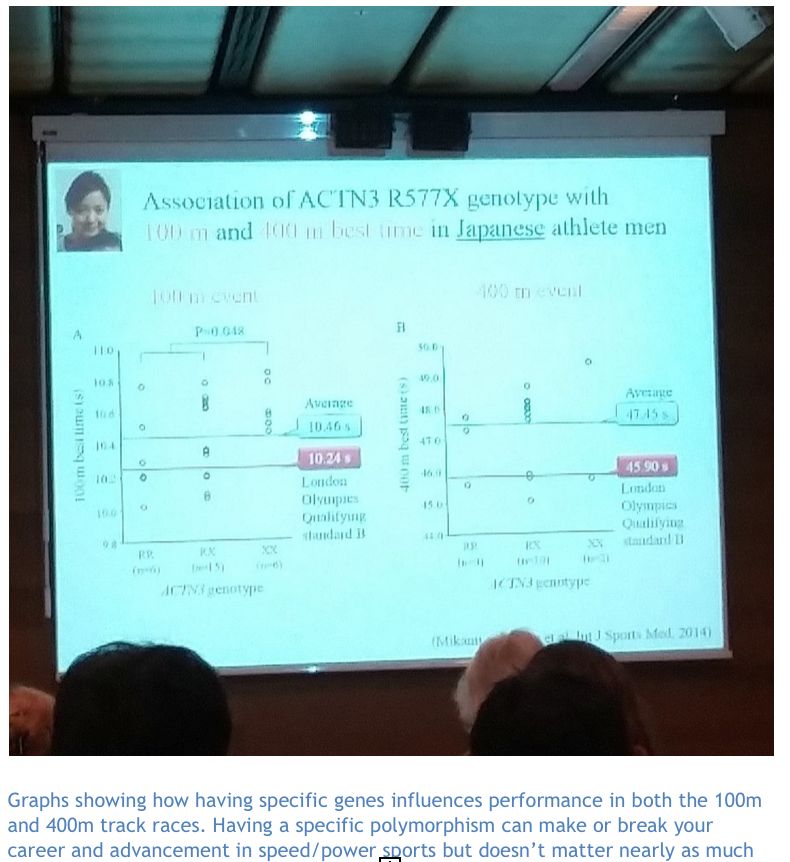 account for 50% of all speed/power performance. This goes in the face of what my parents always said: if I work hard, I can do it. Thanks for the crummy genes mom and dad, now I’ll never beat Usain Bolt! For example, polymorphisms in the ACTN3 gene causes greater cross-linking in the actin and myosin muscle filaments and generates greater force during contraction. However, if you dream of being an elite distance athlete, you have a far better chance of attaining greatness.
account for 50% of all speed/power performance. This goes in the face of what my parents always said: if I work hard, I can do it. Thanks for the crummy genes mom and dad, now I’ll never beat Usain Bolt! For example, polymorphisms in the ACTN3 gene causes greater cross-linking in the actin and myosin muscle filaments and generates greater force during contraction. However, if you dream of being an elite distance athlete, you have a far better chance of attaining greatness.
Related Article: The Best 3 Stretches to Improve Athletic Performance
How Genetics Affect Performance
There are some genes that have been shown to improve distance performance. Their strengths include greater oxygen binding capacity, more efficient cycling, different mitochondrial DNA, etc. However, these genes have less than a 10% impact on overall performance. And the benefits of the genes seem to diminish the farther in the distance you go. In distance events, it is all about the amount of work you put into your training. The more you train, the better you will get without hitting the plateau like you would when training as a sprinter.
While the most elite sprinters and distance athletes are predominantly one muscle type (somewhere in the vicinity of 60% type II or type I respectively, compared to untrained athletes who are at more of a 55/45% split type I to type II), training can “change” muscle fibre types so that we can become more of one type of muscle fiber over another. Especially in the case of distance performances and type I muscle fibres.
Polymorphism and Disease
People born with the specific necessary polymorphisms may bask in the glory that luck and their parents have afforded them. However, there are others who have a polymorphism in the same gene who may be at the opposite end of the spectrum. And these individuals may suffer from disease. Many of these “sport genes” have a polymorphism that inhibits performance, if not the quality of life outright, if they have a different specific polymorphism.
Examples of Physical Manifestations of Polymorphism
For example, retired Canadian 100m hurdler Priscilla Lopes-Schliep was at one time thought to be a cheater. No women could have muscles as large and defined as hers without taking a little something extra, people thought. However, a muscular dystrophy patient named Jill Viles saw Lopes-Schliep on television one day. She recognized striking similarities between herself and Lopes Schliep. 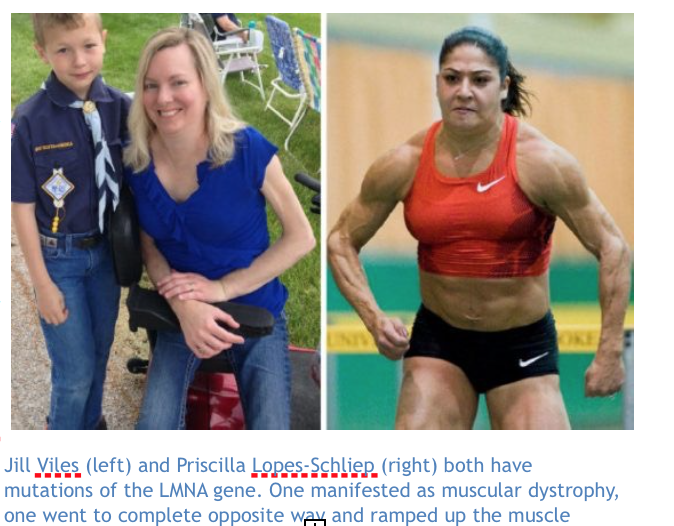 One body, small and wasted by muscular dystrophy. The other, a perfect specimen for human anatomy, every muscle rippling with power. How could they be even remotely related? Viles saw that while her muscles did not go through any sort of anabolic processes; Lopes-Schliep’s muscles found a way to work around the anabolic block and ramp up the anabolic process far and away what should even be considered normal.
One body, small and wasted by muscular dystrophy. The other, a perfect specimen for human anatomy, every muscle rippling with power. How could they be even remotely related? Viles saw that while her muscles did not go through any sort of anabolic processes; Lopes-Schliep’s muscles found a way to work around the anabolic block and ramp up the anabolic process far and away what should even be considered normal.
Turns out Viles was right. They share a rare gene mutation in the LMNA gene. One polymorphism allowed Lopes-Schlieps muscle to grow uninhibited; the other gave Viles debilitating dystrophy. Additionally, because Viles was able to identify their similarities, she was able to alert Lopes-Schliep to a side effect of their rare gene mutation. It is called lipodystrophy, or a poor ability to deal with fats in the body. This discovery alerted Lopes-Schliep to potential pancreatitis, because of the accumulation of fats in her blood. Thankfully, this it came early enough for her to change her diet and prevent a potential pancreatic attack. Priscilla Lopes-Schliep got the luck of the draw; a polymorphism in the LMNA gene gave her an edge in performance. However, in others, this can result in muscular dystrophy. It can also lead to forms of cardiomyopathy, peripheral nervous system disorders, or progeria.
Related Article: Standing Start & Initial Acceleration Can Determine Sprint Speed
Additional Genetic Diseases
Another example of how sports genes can be either a blessing or a curse is the aforementioned ACTN3 gene. We know that a certain polymorphism is responsible for improvements in speed and power. But another polymorphism has been shown to significantly increase the incidence of obesity. A third polymorphism in the ACTN3 gene has even been linked to longer life. People in Spain, Italy, and Japan seem to have this specific polymorphism in greater frequency than anywhere else. These also happen to be three countries where the average lifespan is often longer. Up to four to five years longer than anywhere else in the developed world!
Take Away
If you want to be a world class speed/power athlete, hope that you are born with specific gene polymorphism. Otherwise, unfortunately, it isn’t going to happen. This is regardless of how much you train. However, endurance sports are far more forgiving. Benefits of slow distance training include the improved ability to transport oxygen and nutrients to your muscles, the ability of the body to use fat for energy, and increased endurance. In either case, the exercise and movement are still overall good for longterm health. In addition, genes that promote sport performance can also cause serious and debilitating diseases, or result in improved all around health. It all depends on the specific polymorphism that you are born with.
You Might Like:


